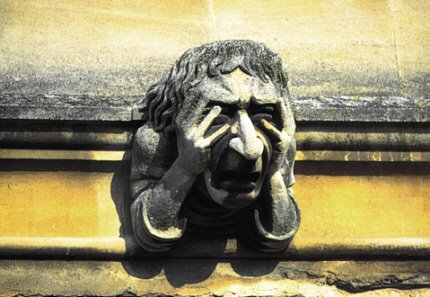Early Modern Medievalisms

The Interplay between Scholarly Reflection and Artistic Production
International Conference at University of Leiden (The Netherlands), 21-23 August 2008
CALL FOR PAPERS
The early modern period was marked by plural discourses on the Middle Ages. Both scholarly work and artistic production created images of the philological Middle Ages, the imagined Middle Ages, the utopian Middle Ages, and even the anti-Middle Ages. Although this plurality was certainly conditioned by the early modern period's relation to Antiquity, it also reflected an interest in the Middle Ages as such. Paradoxically, early modern medievalism can therefore be conceived as a form of classicism as well as anti-classicism, exoticism as well as nationalism.
Emphasizing this diversity, the conference focuses on the interplay and tensions between discourses, continuities and discontinuities, and competing images of the medieval during the early modern period.
We invite papers that address these topics. We are particularly interested in papers that explore one or several of three interrelated questions:
1. The conceptualization of the medieval in early modern scholarship. How was the medieval transformed into an object of study? Which topoi did scholars and collectors use to legitimize their interest in the medieval past? Is it possible to discern a transition, as postulated by R. Howard Bloch and Stephen G. Nichols, from appreciation of the medieval past (gendered female) to scholarship (gendered male)?
2. Continuities and discontinuities between the medieval and the early modern. How did different perceptions of time (cyclical time, converging time) and place (the New and the Old World, East and West) provide the contexts for scholars and artists to inscribe themselves in a tradition? How did the Middle Ages and the early modern communicate? How did actual scholarly and artistic work relate to topoi establishing a distance between the medieval and the contemporary?
3. The interplay of medieval studies and artistic production. How did literary and visual images of the Middle Ages influence scholarly practice? And how did scholarship inspire artists, writers and musicians? What were the processes of cultural transmission from one disciplinary context to another? How did medieval traditions move between popular and elite culture, thereby problematizing our view of the early modern public sphere?
The conference will take place from 21 to 23 August 2008. A volume with selected papers is scheduled to appear in 2009, and will be edited by Alicia Montoya, Wim van Anrooij and Sophie van Romburgh. Proposals, about 300 words, should be sent electronically no later than 1 May 2007, to
Alicia C. Montoya (Department of French, University of Leiden): A.C.Montoya@Let.Leidenuniv.nl
The authors of the proposals that have been accepted will be invited to participate in the conference before July 2007.


0 Comments:
Post a Comment
<< Home